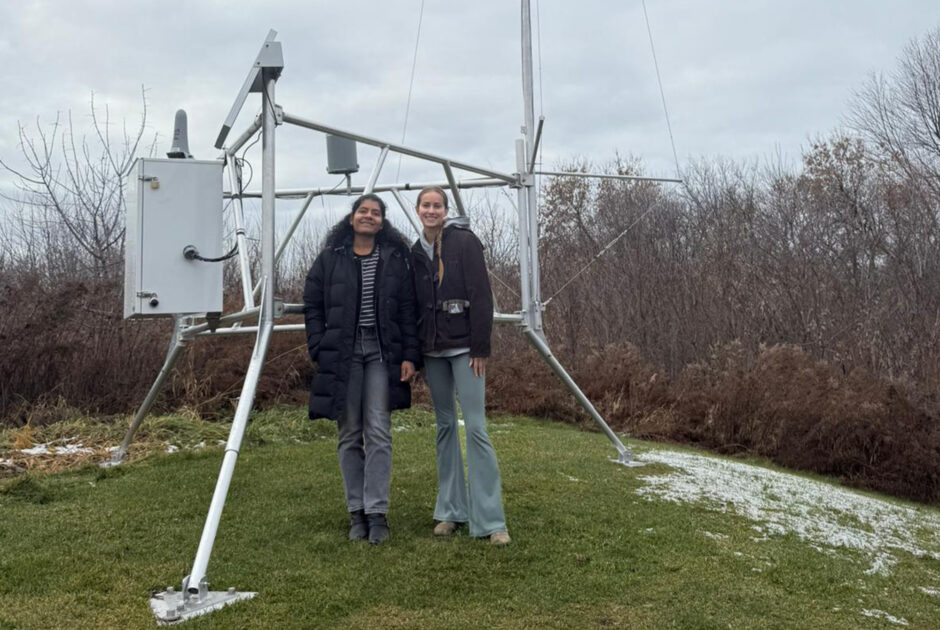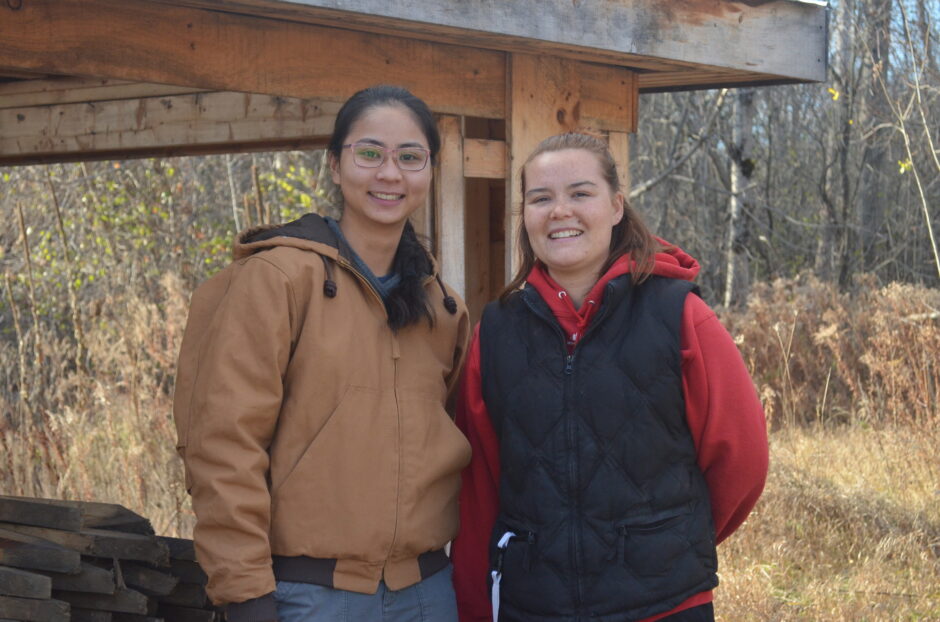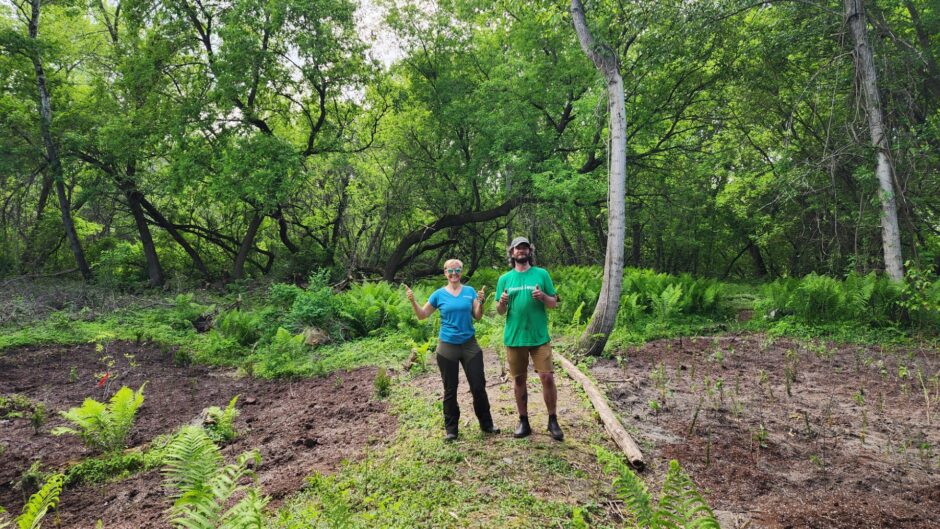Federal cap, provincial underfunding and ‘squeezed’ faculty

The Federal Government has announced a national cap on the number of study permits issued in 2024.
The decision bears risks to an already shaky financial sustainability of Algonquin College and other Ontario post-secondary institutions.
What happened?
The federal government projects it will issues approximately 360,000 new study permits in 2024.
So, the intake that has been steadily growing in the past decades will decrease by 35 per cent from 2023.
Collectively, Ontario’s colleges received 68 per cent of their tuition fees from international students, according to the Ontario Auditor General’s annual report in 2021.
International students are filling the “seats left empty by the shortfall experienced in domestic enrolments,” according to the Algonquin College’s Board of Governors meeting materials of Oct. 23.
While domestic enrolment was down 5.3 per cent from the projected number for this academic year, international increased 13.4 per cent.
With international students paying $5,740 per semester in premium fees in addition to the tuition, the college’s revenue increased five times, from the planned $4 million to $19.9 million.
Tuition freeze
The federal cap comes as Algonquin College, along with other Ontario colleges and universities, flag risks to their financial sustainability.
Failure to “effectively manage financial resources” is bordering “high” and “critical” risk scores, according to the Algonquin Board of Governors meeting materials.
It’s been four years since Doug Ford’s government cut post-secondary tuition fees by 10 per cent and froze them at that level.
Now Ontario has the lowest provincial per-student funding in all of Canada.
In 2021-2022, funding per college student was $6,891 – 44 per cent of the national average. And Ontario universities received $11,471 per student, or 57 per cent of the average.

Those factors have made financial sustainability a common risk among post-secondary institutions in Ontario including Algonquin.
“If the province were to provide funding that was aligned with the actual cost to deliver programs and services and accommodated a tuition fee policy that was more market-driven and more comparable to other provinces, that would help us achieve greater financial sustainability,” said Duane McNair, Algonquin College’s vice-president of finance and administration.
Faculty are being “squeezed”
With college’s finances at risk, professors are also pushed to be make their classes more financially sustainable.
It can be challenging to get the allocation of dollars to participate in professional development or academic conferences for faculty, said Jonathan Parker, a professor at the college.
“The things that keep us relevant and current require investment from the college,” said Parker. “Many faculty feel that too frequently the answer is ‘no’ to those requests.”
Colleges across Ontario are also “squeezing faculty” when it comes to workload, Annette Bouzi, an Algonquin College professor and the president of the college’s academic union wrote in an email.
“Weekly, we are given a maximum of four minutes per student to evaluate and provide feedback. We are regularly mandated to teach in new modes of delivery, knowing that student participation online and asynchronously have impacts on student learning in the short and long term,” she wrote.
This also applies to after-class activities. There is less investments in rental vehicles, travel, hospitality or whatever “faculty shouldn’t pay out of pocket,” Parker said.
So, professors need to find the workarounds as best as they can.
Instead of a metaphorical Disneyland, students would go to a metaphorical Calypso Waterpark, he said.
“More affordable within the budget, right?”








